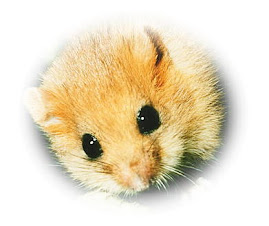Stop 5 – A Small Pool
This pool, formed artificially by the diversion of the stream, will eventually fill up by silting and the growth of plants, but meanwhile gives the chance for water plants and animals to live. The tall alder trees by its edge usually grow close to the water. The roots of these trees have large reddish swellings on them which contain bacteria which help the roots get nutrients – a difficult process in water-logged soil. The stems lying around are in many cases attacked by fungus which will result in their decay into dust. Bacteria also help in this decay.
(Follow the path on the other side of the stream downhill and soon you should cross the brook and climb up the other side to the open ground.)
As you travel along you will see the cut stumps of trees. Trees stop growth each year and this leaves a ring. You may be able to count the rings and see how old these trees were at felling.
Squirrels jump from branch to branch hereabouts. Kestrels hover over open ground seeking for mice. A large winged buzzard may be seen circling, also seeking prey. A strong ‘musky’ odour will tell you if a fox has passed nearby.
A number of the trees have ivy climbing up them and wild honeysuckle clambers over others. Neither hurts trees, unless they circle and strangle them, which honeysuckle is more likely to do.
Through the trees dark spruces can be seen in the distance. So many greens can be seen: dark green spruce, yellow greens of the grass, and various greens of ivy, oak and other trees. Why are they all green? Why are plants green?
This text was written by B. V. Cave of the Wilderness Wildlife Centre, Mitcheldean and M.J. Dunn, forest Warden, for the Forestry Commission 'Boy's Grave and Forest Trail'. © 1974
Thursday, December 27, 2007
Subscribe to:
Post Comments (Atom)


.jpg)



No comments:
Post a Comment